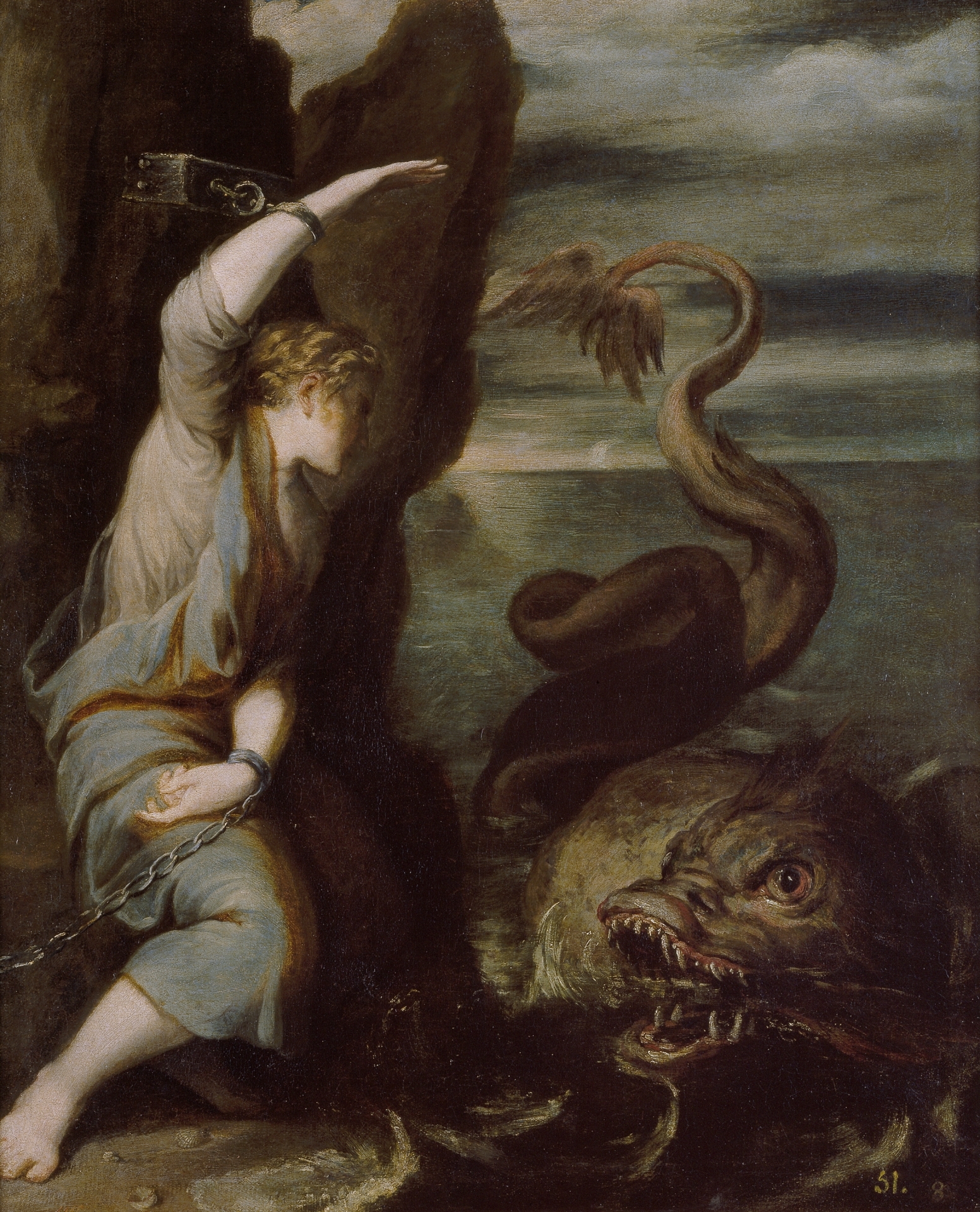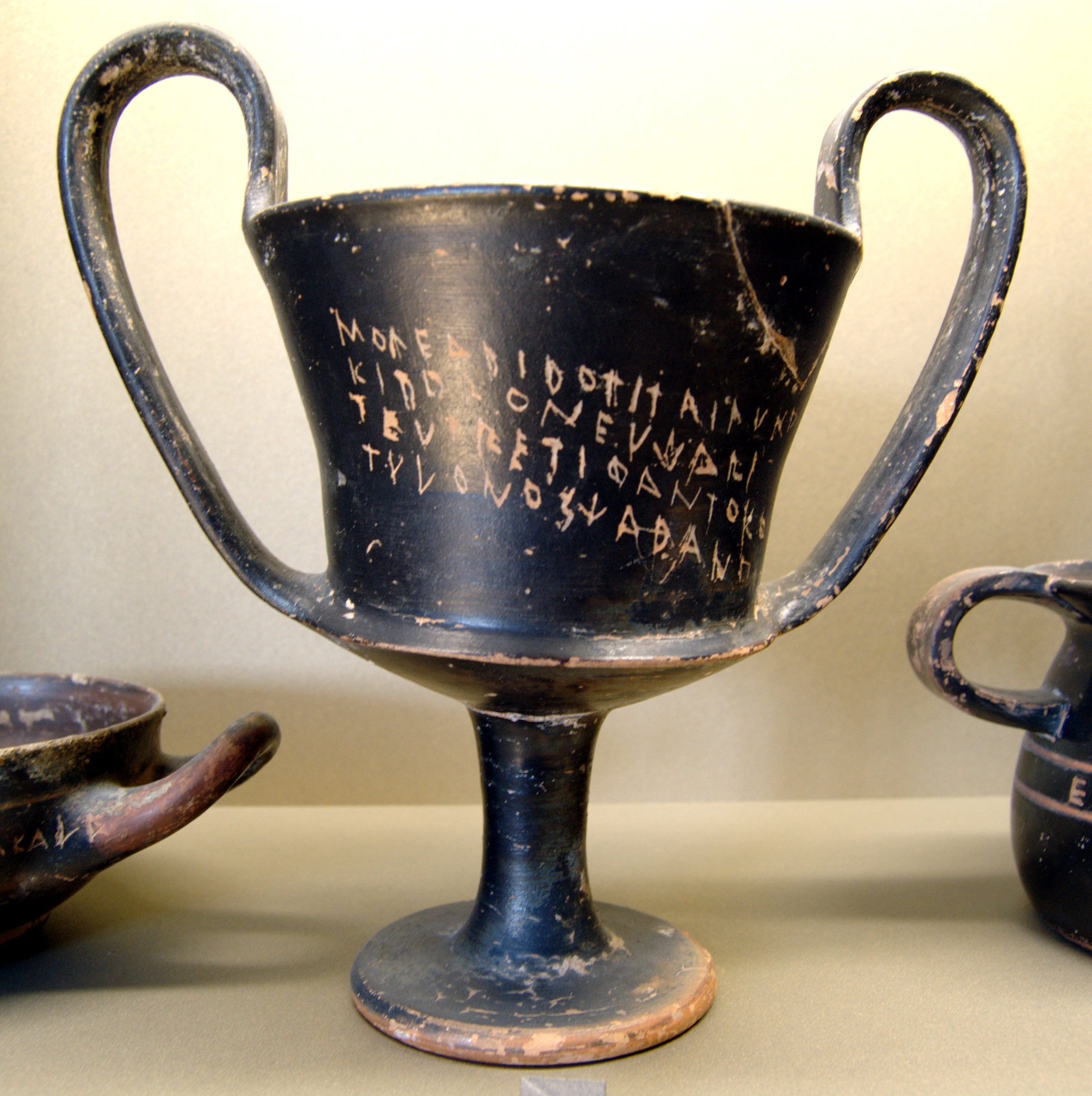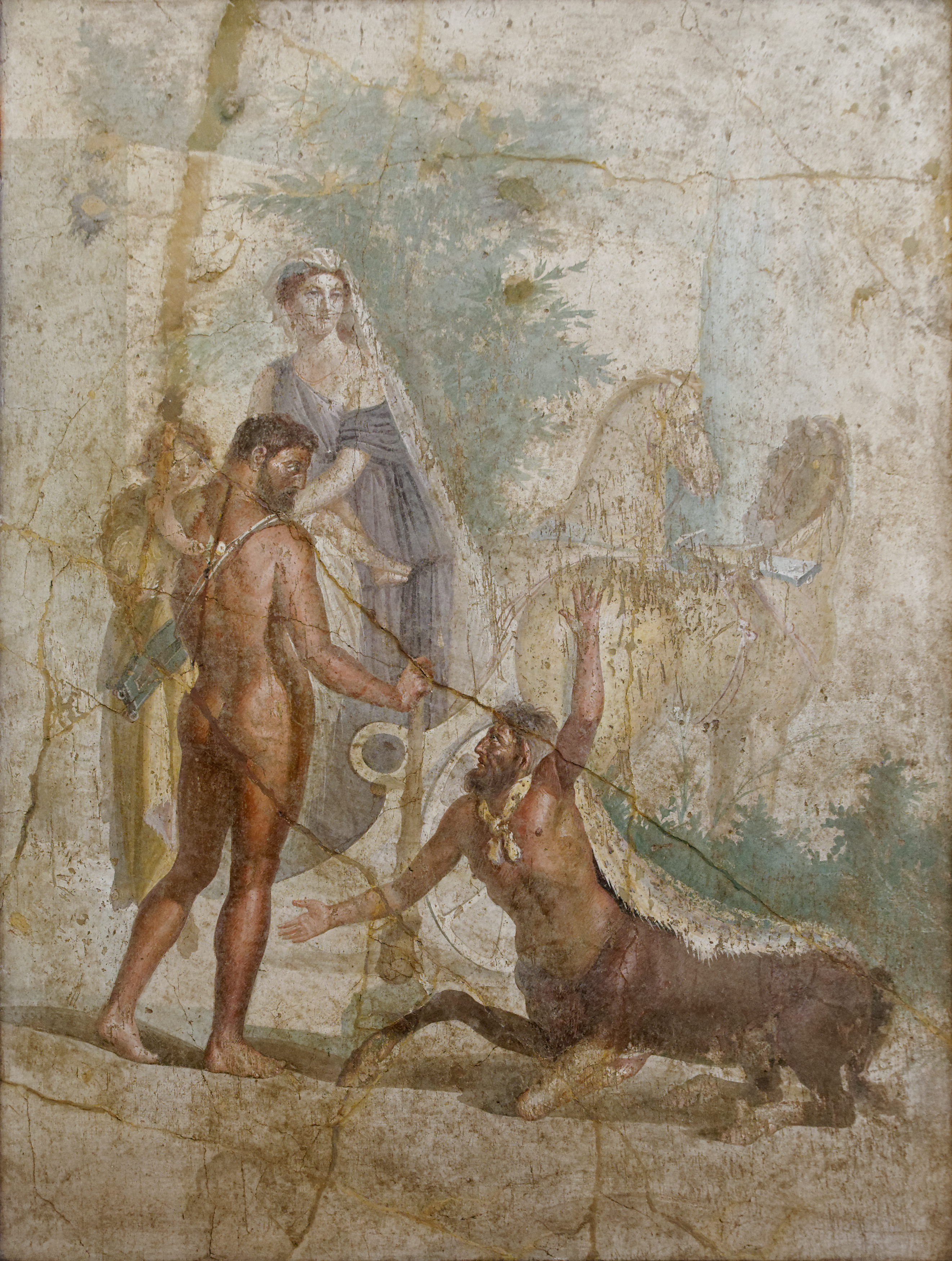|
Princess And Dragon
Princess and dragon is an Archetype, archetypical premise common to many legends, fairy tales, and chivalric romances. Northrop Frye identified it as a central form of the quest romance. The story involves an upper-class woman, generally a princess or similar high-ranking nobility, saved from a dragon, either a literal dragon or a similar danger, by the virtuous hero (see damsel in distress). She may be the first woman endangered by the peril, or may be the end of a long succession of women who were not of as high birth as she is, nor as fortunate. Normally the princess ends up married to the dragonslayer. The motifs of the hero who finds the princess about to be sacrificed to the dragon and saves her, the false hero who takes his place, and the final revelation of the true hero, are the identifying marks of the Aarne–Thompson folktale type 300, the Dragon-Slayer. They also appear in type 303, the Two Brothers. These two tales have been found, in different variants, in countrie ... [...More Info...] [...Related Items...] OR: [Wikipedia] [Google] [Baidu] |
Ancient Greece
Ancient Greece () was a northeastern Mediterranean civilization, existing from the Greek Dark Ages of the 12th–9th centuries BC to the end of classical antiquity (), that comprised a loose collection of culturally and linguistically related city-states and communities. Prior to the Roman period, most of these regions were officially unified only once under the Kingdom of Macedon from 338 to 323 BC. In Western history, the era of classical antiquity was immediately followed by the Early Middle Ages and the Byzantine period. Three centuries after the decline of Mycenaean Greece during the Bronze Age collapse, Greek urban poleis began to form in the 8th century BC, ushering in the Archaic period and the colonization of the Mediterranean Basin. This was followed by the age of Classical Greece, from the Greco-Persian Wars to the death of Alexander the Great in 323 BC, and which included the Golden Age of Athens and the Peloponnesian War. The u ... [...More Info...] [...Related Items...] OR: [Wikipedia] [Google] [Baidu] |
Alcyoneus (son Of Diomos)
In Greek mythology, Alcyoneus (; ) is a young and handsome man from Crissa (an ancient Greek city near Delphi), the only son of Diomos and Meganeira. He features in a short myth where he is chosen to be the sacrificial victim for a beast called Sybaris that terrorised Delphi and the surrounding area, a prototypical example of the hero slays a monster and saves a princess tale. His tale survives in the writings of second-century author Antoninus Liberalis, and might originate from an older work by Nicander of Colophon. Etymology The masculine first name Alkyoneus, along with the feminine spelling Alkyone, is derived from the ancient Greek noun ''alkuṓn'' (), which refers to a sea-bird distinct for its mournful song, usually the common kingfisher bird in particular. The exact meaning of that word is uncertain and cannot be determined, as Robert S. P. Beekes theorised it to be of pre-Greek origin, instead of Indo-European. Nevertheless, Greek folk etymology falsely connected i ... [...More Info...] [...Related Items...] OR: [Wikipedia] [Google] [Baidu] |
Thespiae
Thespiae ( ; ) was an ancient Greek city (''polis'') in Boeotia. It sits at the foot of Mount Helicon and near right bank of the Thespius River (modern name Kanavari River). Thespiae was a Boeotian state sporadically involved in the military federal league known as the Boeotian League. The Boeotian League began in 520 BCE under the leadership of Thebes. During the Second Persian invasion of Greece, Thespiae's 700 hoplites remained with the Spartans in the Battle of Thermopylae, fighting the Persians and allowing the Greek forces to retreat. Centuries later Greece honored them with a monument. Thespiae was one of the few Boeotian cities to stay loyal to Greece after the battle. Thespiae rivaled Thebes and survived through the Roman Empire. Thespiae was involved in mythical Greek tales depicting creatures such as the Lion of Cithaeron and a dragon that ate people whole. Mythical figures like Heracles and Narcissus also interacted with the environment of Thespiae. Thespiae's r ... [...More Info...] [...Related Items...] OR: [Wikipedia] [Google] [Baidu] |
Crissa
Crissa or Krissa () or Crisa or Krisa (Κρῖσα) was a town in ancient Phocis. Crissa was regarded as one of the most ancient cities in Greece. It was situated inland a little southwest of Delphi, at the southern end of a projecting spur of Mount Parnassus. It is mentioned in the Catalogue of Ships in the ''Iliad'' as the "divine Crissa" (Κρῖσα ζαθέη). According to the Homeric Hymn to Apollo, it was founded by a colony of Cretans, who were led to the spot by Apollo himself, and whom the god had chosen to be his priests in the sanctuary which he had intended to establish at Pytho. In this hymn, Crissa is described as situated under Parnassus, where no chariots rolled, and no trampling of horses was heard, a description suitable to the site of Crissa upon the rocks. In like manner, Nonnus, following the description of the ancient epic poets, speaks of Crissa as surrounded by rocks. Moreover, the statement of Pindar, that the road to Delphi from the Hippodrome on the co ... [...More Info...] [...Related Items...] OR: [Wikipedia] [Google] [Baidu] |
Poseidon
Poseidon (; ) is one of the twelve Olympians in ancient Greek religion and mythology, presiding over the sea, storms, earthquakes and horses.Burkert 1985pp. 136–139 He was the protector of seafarers and the guardian of many Hellenic cities and colonies. In pre-Olympian Bronze Age Greece, Poseidon was venerated as a chief deity at Pylos and Thebes, with the cult title "earth shaker"; in the myths of isolated Arcadia, he is related to Demeter and Persephone and was venerated as a horse, and as a god of the waters.Seneca quaest. Nat. VI 6 :Nilsson Vol I p.450 Poseidon maintained both associations among most Greeks: he was regarded as the tamer or father of horses, who, with a strike of his trident, created springs (the terms for horses and springs are related in the Greek language).Nilsson Vol I p.450 His Roman equivalent is Neptune. Homer and Hesiod suggest that Poseidon became lord of the sea when, following the overthrow of his father Cronus, the world was divided ... [...More Info...] [...Related Items...] OR: [Wikipedia] [Google] [Baidu] |
Nymph
A nymph (; ; sometimes spelled nymphe) is a minor female nature deity in ancient Greek folklore. Distinct from other Greek goddesses, nymphs are generally regarded as personifications of nature; they are typically tied to a specific place, landform, or tree, and are usually depicted as Virginity, maidens. Because of their association with springs, they were often seen as having healing properties; other divine powers of the nymphs included divination and shapeshifting. In spite of their divine nature, they were not immortality, immortal. Nymphs are divided into various Nymph#List, broad subgroups based on their habitat, such as the Meliae (ash tree nymphs), the Dryads (oak tree nymphs), the Alseids (Grove (nature), grove nymphs), the Naiads (Spring (hydrology), spring nymphs), the Nereids (sea nymphs), the Oceanids (ocean nymphs), and the Oreads (mountain nymphs). Other nymphs included the Hesperides (evening nymphs), the Hyades (mythology), Hyades (rain nymphs), and the Pleiade ... [...More Info...] [...Related Items...] OR: [Wikipedia] [Google] [Baidu] |
Cassiopeia (mother Of Andromeda)
Cassiopeia (; Ancient Greek: Κασσιόπεια ''Kassiópeia,'' Modern Greek: ''Kassiópē'') or Cassiepeia (Κασσιέπεια ''Kassiépeia''), a figure in Greek mythology, was Queen of Aethiopia and wife of King Cepheus of Ethiopia. She was arrogant and vain, characteristics that led to her downfall. Family Her origins are obscure. Nonnus calls her a nymph, while according to Stephanus, she was called Iope, the daughter of Aeolus, from whom the town of Joppa (Jaffa) derived its name. Mythology Cassiopeia boasted that she (or her daughter Andromeda), was more beautiful than all the Nereids, the nymph-daughters of the sea god Nereus. This brought the wrath of Poseidon, ruling god of the sea, upon the kingdom of Aethiopia. Accounts differ as to whether Poseidon decided to flood the whole country or direct the sea monster Cetus to destroy it. In either case, trying to save their kingdom, Cepheus and Cassiopeia consulted a wise oracle, who told them that the only way ... [...More Info...] [...Related Items...] OR: [Wikipedia] [Google] [Baidu] |
Troy
Troy (/; ; ) or Ilion (; ) was an ancient city located in present-day Hisarlik, Turkey. It is best known as the setting for the Greek mythology, Greek myth of the Trojan War. The archaeological site is open to the public as a tourist destination, and was added to the List of World Heritage Sites in Turkey, UNESCO World Heritage list in 1998. Troy was repeatedly destroyed and rebuilt during its 4000 years of occupation. As a result, the site is divided into nine Stratigraphy (archaeology), archaeological layers, each corresponding to a city built on the ruins of the previous. Archaeologists refer to these layers using Roman numerals, Troy I being the earliest and Troy IX being the latest. Troy was first settled around 3600 BC and grew into a small fortified city around 3000 BC (Troy I). Among the early layers, Troy II is notable for its wealth and imposing architecture. During the Late Bronze Age, Troy was called Wilusa and was a vassal of the Hittite Empire. The final layer ... [...More Info...] [...Related Items...] OR: [Wikipedia] [Google] [Baidu] |
Hesione
In Greek mythology and later art, the name Hesione ( /hɪˈsaɪ.əniː/; Ancient Greek: Ἡσιόνη) refers to various mythological figures, of whom the Trojan princess Hesione is most known. Mythology According to the '' Bibliotheca'', the most prominent Hesione was a Trojan princess, daughter of King Laomedon of Troy, sister of Priam and second wife of King Telamon of Salamis. The first notable myth Hesione is cited in is that of Hercules, who saves her from a sea monster. However, her role becomes significant many years later when she is described as a potential trigger of the Trojan War. Apollo and Poseidon were angry at King Laomedon because he refused to pay the wage he promised them for building Troy's walls. Apollo sent a plague and Poseidon a sea monster to destroy Troy.Smith, p. 34 Oracles promised deliverance if Laomedon would expose his daughter Hesione to be devoured by the sea monster Cetus (in other versions, the lot happened to fall on her) and he exposed he ... [...More Info...] [...Related Items...] OR: [Wikipedia] [Google] [Baidu] |
Heracles
Heracles ( ; ), born Alcaeus (, ''Alkaios'') or Alcides (, ''Alkeidēs''), was a Divinity, divine hero in Greek mythology, the son of ZeusApollodorus1.9.16/ref> and Alcmene, and the foster son of Amphitryon.By his adoptive descent through Amphitryon, Heracles receives the epithet Alcides, as "of the line of Alcaeus (mythology), Alcaeus", father of Amphitryon. Amphitryon's own, mortal son was Iphicles. He was a descendant and half-brother (as they are both sired by the god Zeus) of Perseus. He was the greatest of the Greek heroes, the ancestor of royal clans who claimed to be Heracleidae (), and a champion of the Twelve Olympians, Olympian order against chthonic monsters. In Roman mythology, Rome and the modernity, modern western world, West, he is known as Hercules, with whom the later Roman emperors, in particular Commodus and Maximian, often identified themselves. Details of his cult (religion), cult were adapted to Rome as well. Origin Many popular stories were told ... [...More Info...] [...Related Items...] OR: [Wikipedia] [Google] [Baidu] |
Greek Mythology
Greek mythology is the body of myths originally told by the Ancient Greece, ancient Greeks, and a genre of ancient Greek folklore, today absorbed alongside Roman mythology into the broader designation of classical mythology. These stories concern the ancient Greek religion's view of the Cosmogony, origin and Cosmology#Metaphysical cosmology, nature of the world; the lives and activities of List of Greek deities, deities, Greek hero cult, heroes, and List of Greek mythological creatures, mythological creatures; and the origins and significance of the ancient Greeks' cult (religious practice), cult and ritual practices. Modern scholars study the myths to shed light on the religious and political institutions of ancient Greece, and to better understand the nature of mythmaking itself. The Greek myths were initially propagated in an oral tradition, oral-poetic tradition most likely by Minoan civilization, Minoan and Mycenaean Greece, Mycenaean singers starting in the 18th century&n ... [...More Info...] [...Related Items...] OR: [Wikipedia] [Google] [Baidu] |







